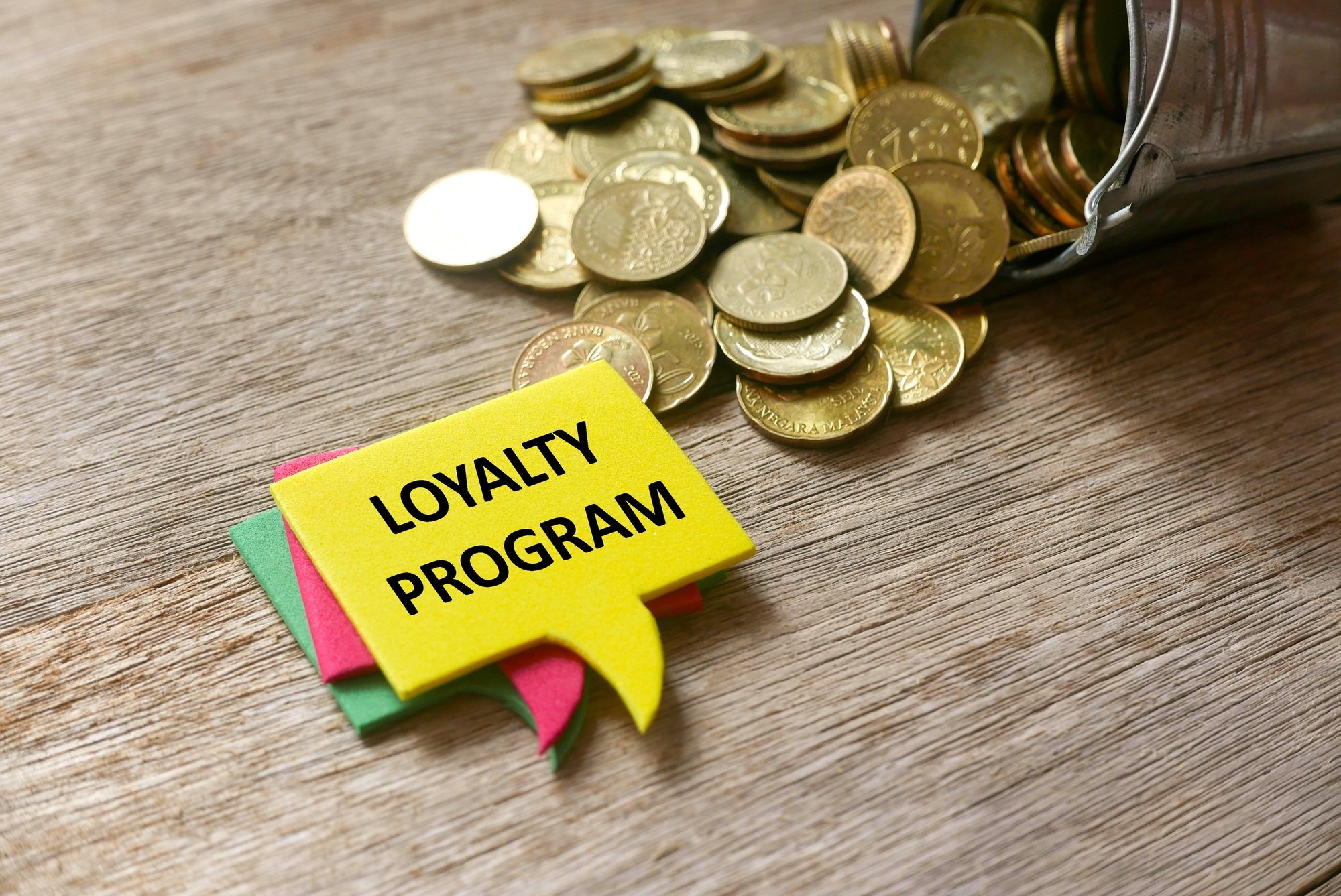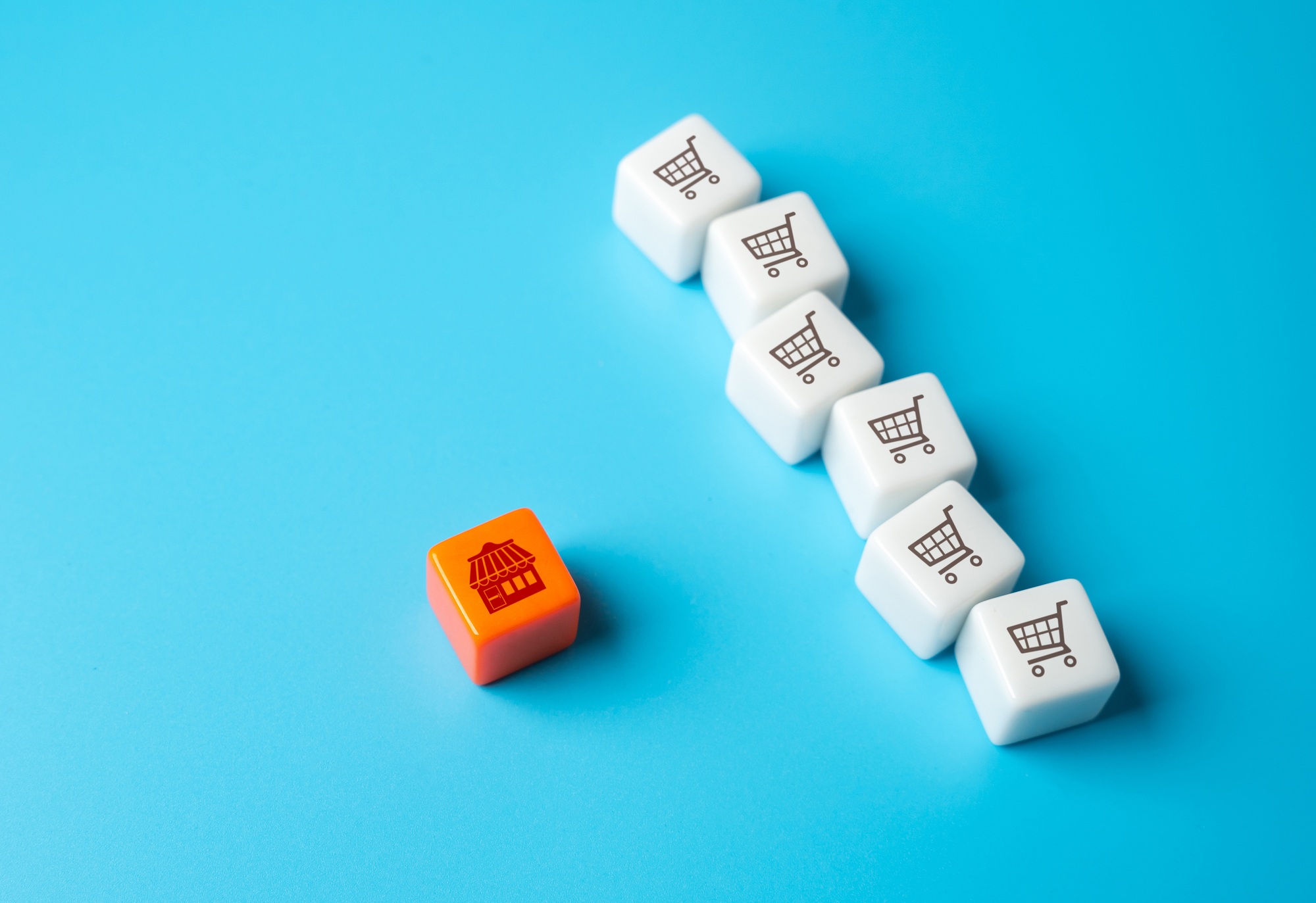Key Takeaways

- Importance of Customer Loyalty: A well-designed loyalty program fosters deeper connections with customers, encouraging repeat purchases and enhancing brand loyalty.
- Types of Loyalty Programs: Options include points systems, tiered rewards, cashback offers, referral incentives, and membership benefits, each tailored to different customer preferences.
- Benefits of Implementation: Loyalty programs can lead to increased customer retention, higher transaction values, valuable customer insights, a competitive edge, and greater customer advocacy.
- Strategic Planning: Clearly define goals and identify target audiences to create a loyalty program that resonates with customers and effectively meets business objectives.
- Technology Utilization: Invest in loyalty software, CRM systems, and mobile apps to streamline the management of your loyalty program and improve customer engagement.
- Success Measurement: Utilize key performance indicators (KPIs) like customer retention rate and redemption rate to assess the program’s effectiveness and make necessary adjustments based on customer feedback.
In today’s competitive market, building customer loyalty is more crucial than ever. You want your customers to keep coming back, and a well-designed loyalty program can be the key to achieving that. It’s not just about rewarding purchases; it’s about creating a deeper connection with your audience that encourages them to choose your brand time and time again.
Starting a loyalty program might seem daunting, but it doesn’t have to be. With the right approach, you can create a program that not only boosts sales but also enhances customer satisfaction. Whether you’re a small business owner or managing a larger enterprise, understanding how to effectively implement a loyalty program can transform your customer relationships and drive long-term success.
Understanding Loyalty Programs

Loyalty programs create lasting connections with your customers. These programs can increase customer retention and foster brand loyalty, which is essential for small businesses in the competitive retail space.
Types of Loyalty Programs
- Points Programs: Customers earn points for each purchase. Once they accumulate enough points, they can redeem them for rewards, discounts, or free products.
- Tiered Programs: Customers move through tiers based on their spending. Higher tiers offer better rewards, encouraging them to spend more to reach the next level.
- Cashback Programs: You offer customers a percentage back on their purchases. This simple model encourages repeat business as customers view their spending as more valuable.
- Referral Programs: You reward customers for referring friends or family. This approach not only brings in new customers but also strengthens current relationships.
- Membership Programs: Customers pay a fee for membership benefits. They receive exclusive offers, early access to sales, or members-only products, increasing their connection to your brand.
Benefits of Implementing a Loyalty Program
- Increased Customer Retention: Loyalty programs encourage repeat purchases, making it cost-effective to retain existing customers compared to acquiring new ones.
- Higher Average Transaction Value: Customers with loyalty rewards tend to spend more per transaction, boosting your overall sales.
- Enhanced Customer Insight: These programs provide valuable data on purchasing behaviors, helping you tailor marketing strategies and product offerings.
- Competitive Advantage: A well-structured loyalty program differentiates your retail business from competitors and attracts customers seeking value.
- Customer Advocacy: Strong loyalty programs turn satisfied customers into brand advocates, promoting your business through word-of-mouth and enhancing your reputation.
Steps to Start a Loyalty Program

Starting a loyalty program involves strategic planning and understanding your customers. Focus on the following key steps to ensure your program resonates with your audience.
Define Your Goals
Defining your goals sets the foundation for a successful loyalty program. Establish specific objectives you want to achieve, such as increasing customer retention by 15%, boosting sales by 20%, or generating 100 new registrations each month. Clearly defined goals allow you to design a loyalty program tailored to your small business needs and facilitate effective measurement of its success. For instance, if social buzz is a priority, consider implementing a referral reward system to encourage word-of-mouth marketing.
Identify Your Target Audience
Identifying your target audience is essential for crafting a loyalty program that aligns with customer interests. Analyze demographic insights, purchasing behaviors, and preferences relevant to your retail business. Utilize tools like customer surveys or sales data to gain insights into what your audience values. Tailoring the program to meet specific customer needs enhances engagement and loyalty. If your data shows that your top customers prefer exclusive discounts, design a program that prioritizes those incentives to drive repeat purchases.
Designing Your Loyalty Program

Creating a structured loyalty program requires careful planning and consideration of essential elements, especially for small businesses in the retail sector. Focus on program structure, rewards, and the necessary technology to ensure success.
Program Structure and Rewards
Define a clear structure for your loyalty program, focusing on what will motivate your customers. Common types include:
- Points-Based Programs: Customers earn points for each purchase, which they can redeem for discounts or free items.
- Tiered Programs: Customers unlock different levels of rewards based on their spending, encouraging repeat purchases.
- VIP Clubs: Offer exclusive benefits and early access to sales for loyal customers who meet specific criteria.
Customize rewards to fit your audience’s preferences, such as discounts, free merchandise, or personalized offers. This approach will enhance customer engagement and encourage loyalty.
Technology and Tools Needed
Implementing the right technology enhances your loyalty program’s effectiveness. Consider these tools:
- Loyalty Software: Use software that tracks customer purchases and rewards seamlessly. Options suitable for small businesses include platforms like LoyaltyLion or CandyBar.
- CRM Systems: A customer relationship management system helps you analyze purchasing behaviors and tailor communication accordingly.
- Mobile Apps: Develop or utilize existing apps that inform customers about their points and rewards, making it easy for them to stay engaged.
Selecting the appropriate technology ensures you manage your program efficiently, enhance customer experience, and ultimately drive repeat business.
Launching Your Loyalty Program

Launching a loyalty program for your small business enhances customer retention and boosts sales. Successful implementation incorporates strategic elements designed for your specific audience.
Promotional Strategies
Implement effective promotional strategies to attract customers to your loyalty program. Use social media channels to announce the program, highlight exclusive member benefits, and encourage sign-ups. Offer limited-time bonuses for joining, such as bonus points or discounts on first purchases. Consider leveraging email marketing by sending targeted messages to existing customers, showcasing the program’s perks and reinforcing its value. Engage customers in-store by displaying promotional materials that explain the program clearly. Create seasonal campaigns that encourage customers to take advantage of the program during peak shopping periods.
Training Your Staff
Train your staff to effectively communicate the loyalty program’s benefits to customers. Ensure they understand the program structure, including earning and redemption rules. Provide staff with scripts and FAQs to address common customer inquiries confidently. Encourage team members to actively promote the loyalty program during customer interactions, making it a key topic during transactions. Regularly review program updates with your staff to maintain enthusiasm and ensure accurate information is presented. A knowledgeable team builds trust and encourages greater customer participation in your loyalty program.
Measuring Success

Measuring the success of your loyalty program ensures it meets your goals and your customers’ needs. By tracking specific metrics, you can determine the effectiveness of your program and make improvements when necessary.
Key Performance Indicators
Identify key performance indicators (KPIs) that align with your loyalty program objectives. Common KPIs for small businesses include:
- Customer Retention Rate: Measure how many customers return after joining the program.
- Redemption Rate: Track the percentage of rewards redeemed compared to those issued.
- Average Order Value: Analyze whether loyalty members spend more compared to non-members.
- Program Enrollment Rate: Assess how many eligible customers sign up for the program.
- Customer Lifetime Value: Evaluate the total revenue generated by a customer during their relationship with your business.
Each KPI offers insight into your program’s impact on customer loyalty and helps identify areas for enhancement.
Adjusting Your Program Based on Feedback
Collect feedback from your program members to refine your loyalty offerings. Utilize surveys, direct interactions, and social media engagement to gather insights. In response to this feedback, consider:
- Changing Reward Structures: Modify reward types or thresholds based on member preferences.
- Enhancing Communication: Improve how you inform customers about program benefits and updates.
- Offering New Incentives: Introduce seasonal or limited-time rewards to keep the program fresh and engaging.
Regular adjustments based on customer feedback ensure your loyalty program remains relevant and effective in a competitive retail environment.
Conclusion
Starting a loyalty program can be a game-changer for your business. By focusing on customer needs and preferences you can create a program that truly resonates. Remember to keep it simple yet engaging to encourage participation and repeat visits.
As you launch your program take the time to promote it effectively and train your staff. Engaged employees will help communicate the program’s value to customers.
Finally don’t forget to monitor your program’s success through key metrics. Regularly adapting based on feedback will keep your loyalty program fresh and relevant. With the right approach your loyalty program can foster lasting relationships and drive significant growth for your business.
Frequently Asked Questions
What is the purpose of a customer loyalty program?
A customer loyalty program aims to foster deeper connections with customers and encourage repeat business, thus enhancing customer retention and satisfaction. It’s designed to reward customers for their loyalty instead of just transactions.
How do I start a loyalty program for my business?
To start a loyalty program, define clear goals, understand your customer demographics, and design a program that resonates with your audience. Strategic planning and tailored rewards are essential for effective implementation.
What types of loyalty programs are there?
Common types of loyalty programs include points programs, tiered programs, cashback programs, referral programs, and membership programs. Each type offers unique benefits to engage customers and encourage repeat purchases.
What are the benefits of a loyalty program?
Implementing a loyalty program can lead to increased customer retention, higher transaction values, enhanced insights into customer behavior, a competitive edge, and the potential for customer advocacy, contributing to overall business growth.
How can I promote my loyalty program?
Promote your loyalty program through social media, email marketing, and in-store promotions. Highlight the program’s benefits and ensure employees are well-trained to effectively communicate its value to customers.
How do I measure the success of a loyalty program?
Success can be measured using key performance indicators (KPIs) such as customer retention rate, redemption rate, average order value, program enrollment rate, and customer lifetime value. Regular customer feedback helps refine the program for better effectiveness.
Why is customer feedback important for loyalty programs?
Customer feedback is crucial as it provides insights into what aspects of the loyalty program are working and what needs improvement. Regularly adapting the program based on this feedback ensures its ongoing relevance and effectiveness in the market.
Image Via Envato



